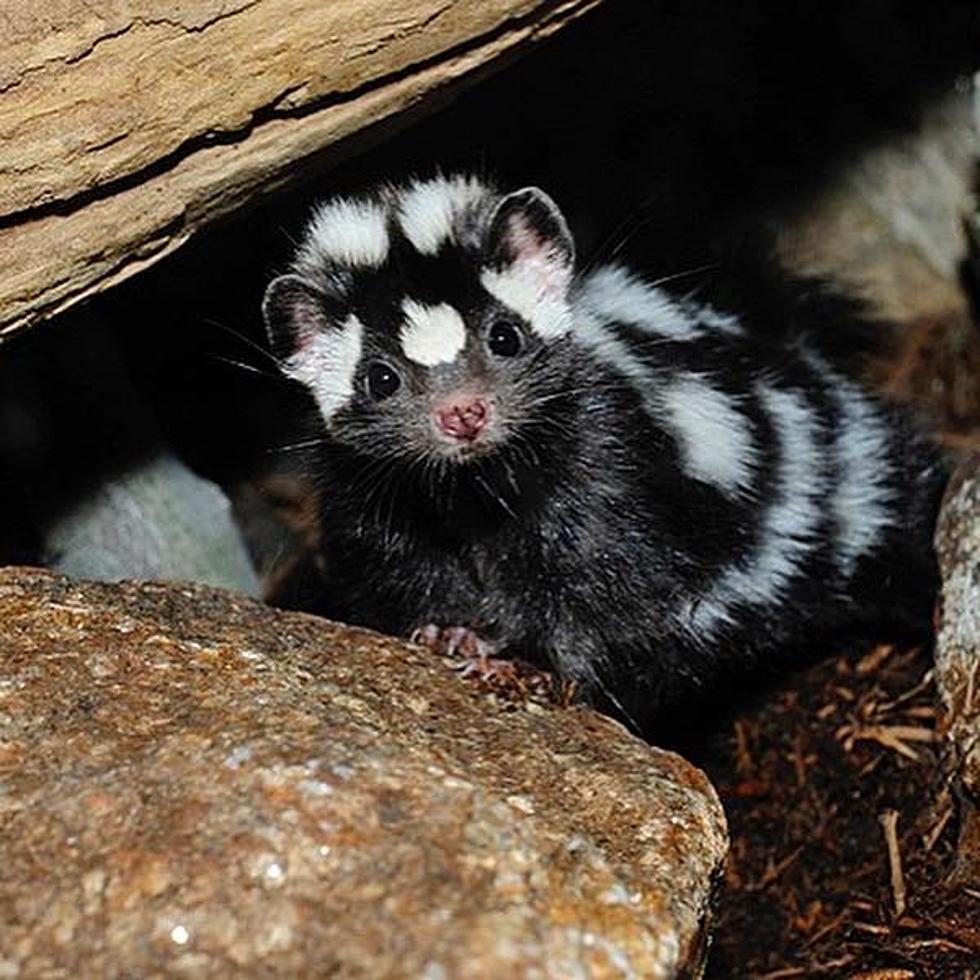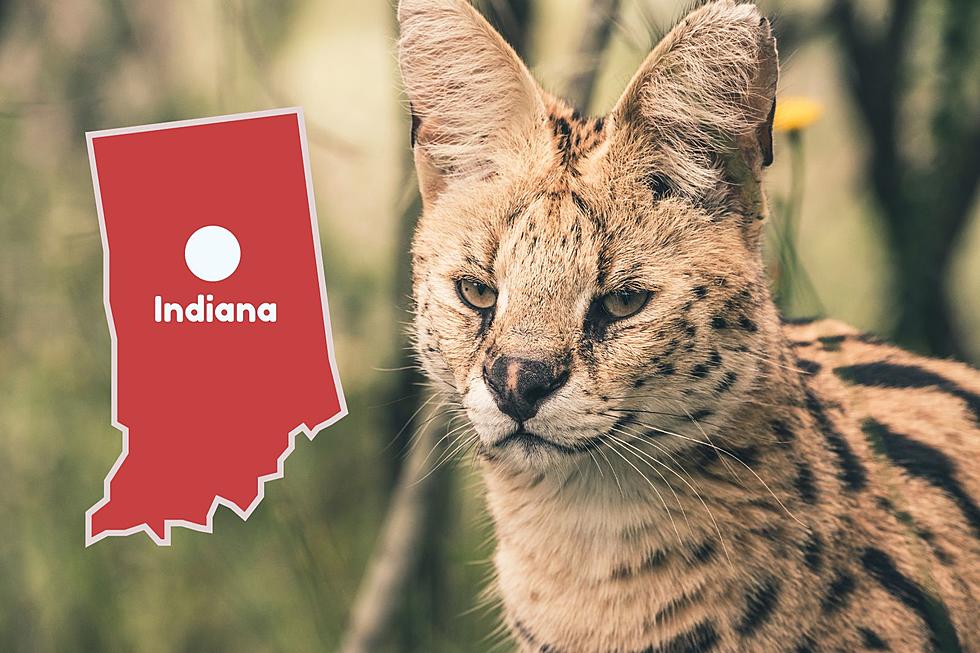
This Adorable Acrobatic Skunk is at Risk of Extinction in Kentucky
Just look at that precious face! Not since Pepe Le Pew have I seen such an adorable skunk. How something that cute can create such a disgusting smell, I will never understand, so I will happily ooh and awww from afar.
This is not just any ole skunk though. Some special talents set the Eastern Spotted Skunk apart from the striped skunk we are all most familiar with. Until the Kentucky Department of Fish and Wildlife Resources shared glamour shots of this little cutie, I had never even heard of them.
Itsy Bitsy Teeny Weeny Polka-Dotted Skunk
Slightly smaller than its striped cousin, the Spotted Skunk is a slinky omnivore mainly found in eastern and central North America. A diet of small rodents, reptiles, bugs, and the occasional mushroom makes it a very important part of the ecosystem. Shiny black fur covered in interesting white spot patterns helps keep predators at bay as well as the fact that they are nocturnal. They are also very nimble and can climb trees, unlike the striped skunk.

A Stinky Gymnast
The Eastern Spotted Skunk has scent glands in its back end that spray an awful musk as a defense mechanism when threatened. However, this particular critter also will stand on its hands like an Olympic gymnast. Kind of like a last warning that they're about to let 'er rip. It also makes their tail fan out to make it look bigger and more intimidating. They will even walk on their hands and approach whatever it is they're trying to scare away. Very impressive! Here is a video of one captured on camera in Arizona.
Eastern Spotted Skunks are Disappearing
Because they are nocturnal, it isn't common to see these guys out in the wild. Researchers monitor their known habitats in Eastern Kentucky by mounting trail cameras close to their dens. They have noticed a serious decline in numbers over the years and according to the post by the Kentucky Department of Fish and Wildlife Resources, "they’re listed as a Species of Greatest Conservation Need in Kentucky."
They are even considered "imperiled," which the United States Geological Survey defines as " those whose populations have decreased so dramatically that they are at risk of extinction." Wildlife biologists are still trying to research the cause, but land development removing their natural habitats is the main suspected culprit as well as falling victim to highway traffic and accidentally coming across poisons or traps.
If you would like to learn more or help in conserving these adorable acrobatic creatures, you can become a member of Kentucky Wild which helps many species in danger across the state.
Sources: Smithsonian Magazine, The National Wildlife Federation,
LOOK: 30 fascinating facts about sleep in the animal kingdom
Gallery Credit: Katherine Gallagher
More From WKDQ-FM







